6 Varied Types of HEMA Swordfighting and Their Styles
NO AI USED This Article has been written and edited by our team with no help of the AI
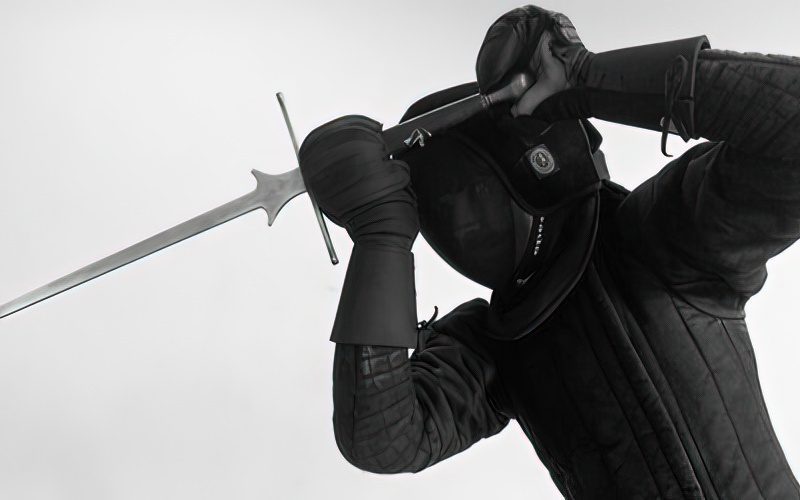
Historical European Martial Arts (HEMA) reconstructs the fighting techniques of Europe, including the swordsmanship of the medieval and Renaissance periods. Many enthusiasts are drawn to HEMA to learn specific types of swords, as well as the swordsmanship skills and techniques associated with them.
Let’s delve into the various types of HEMA swordfighting, providing a comprehensive guide on your journey into the world of historical fencing and medieval combat.
What Exactly Is HEMA?
Historical European Martial Arts (HEMA) is based on the historical fighting manuals and treatises of the medieval, Renaissance, and early modern periods. These fight books, known as fechtbuch in German, served as practical combat guides for professional soldiers on how to engage opponents wielding a variety of weapons.
In a documentary, Axel Pettersson of Gothenburg Historical Fencing School says that HEMA involves the study of old manuscripts and the application of that knowledge through drilling, technique training, sparring, and competition.
This approach enables us to reconstruct historical martial arts as closely as possible to their original intent.
Meanwhile, Eric Lowe, a historical fencing instructor, noted that treatises provide insight not only into how medieval fencers used their bodies and weapons but also into their mindset regarding combat.
HEMA teaches many different weapons, but swordplay is the most prominent and common aspect.
Additionally, HEMA is different from stage fencing, which was developed for theater plays, movies, and television series.
Types of HEMA Swordfighting
In Historical European Martial Arts (HEMA), there is a diverse range of swords and techniques to explore. Beginners aspiring to learn sword fighting should consider the various styles and traditions associated with each type of sword.
1. Longsword Fighting
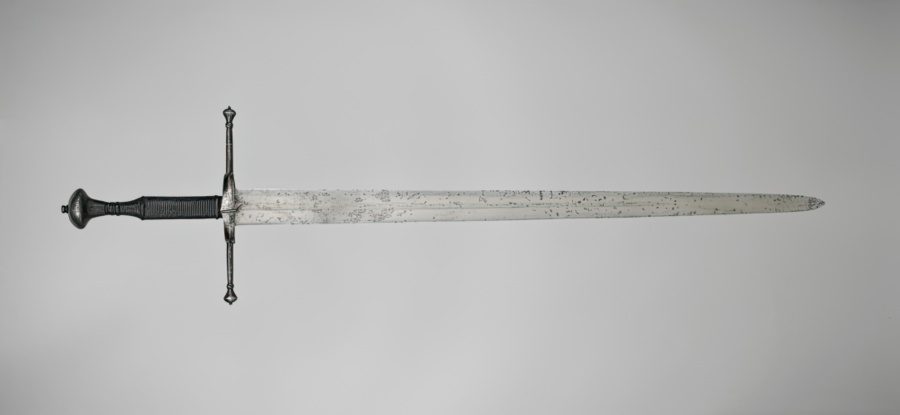
Most notably characterized by its cruciform hilt, a longsword is defined as any sword lightweight enough to be wielded with one hand, yet featuring a grip long enough for two-handed use. Additionally, its length makes it suitable for drawing from a belt.
The most popular sword studied in HEMA, the longsword is also referred to as hand-and-a-half sword, bastard sword, estoc, and various other terms.
It is associated with various traditions such as:
- Italian longsword – Aligned with one- and two-handed combat methods of medieval knights, mounted combat, armored fighting, and grappling.
- German longsword – Most extensively studied, covering both armored and unarmored combat.
- English longsword – Less common, likely practiced by noblemen and fencing enthusiasts of the time based on the martial arts texts of medieval England.
2. Sword-and-Buckler Fighting
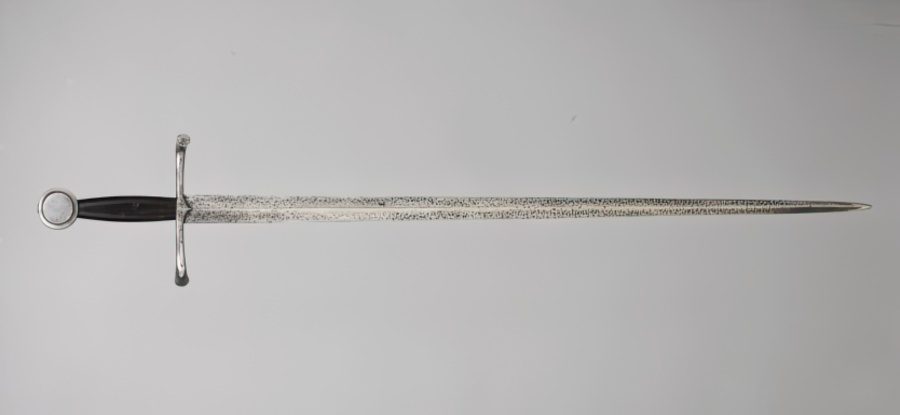
Early medieval swords designed for one-handed use were accompanied by a small shield known as a buckler, which could be held in the fist, or secured to the arm and shoulder to parry incoming attacks or used offensively against an opponent.
In HEMA, sword-and-buckler fighting utilizes the side sword from the Bolognese tradition or arming sword alongside the buckler. Today, HEMA practitioners studying sword-and-buckler techniques primarily refer to Bolognese (long-range combat) or German treatises (close-range techniques).
3. Greatsword Fighting
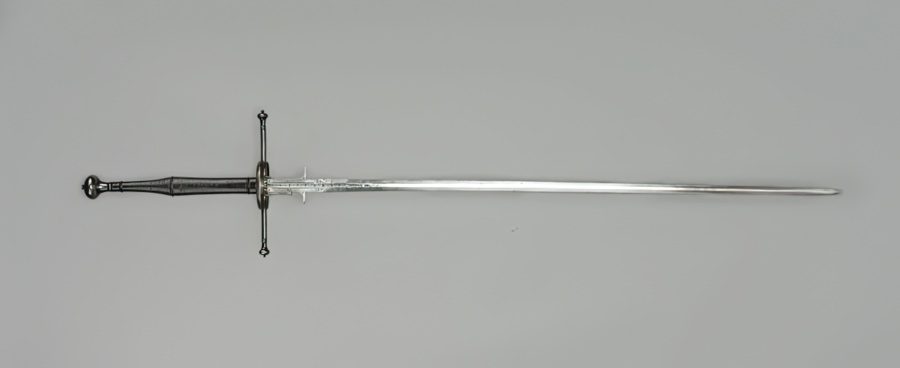
Greatswords were two-handed swords used in various combat scenarios, including single combat, protecting standards or banners, defending castle and town walls, and breaching enemy pike formations.
Historical fencing instructor Eric Lowe noted that greatswords typically reach at least the height of the chin or are generally about the height of a man. This makes it impractical to carry on a belt.
In HEMA, the term greatsword can refer to different types depending on the tradition. The zweihander, associated with the German Landsknechts, is the most popular. Others include the Spanish/Iberian montante and the Italian spadone.
Techniques for the greatsword involve large sweeping motions and changes in direction. Since the weapon can be unsafe to use in partnered practice, some HEMA practitioners focus on solo training exercises.
4. Rapier Fighting
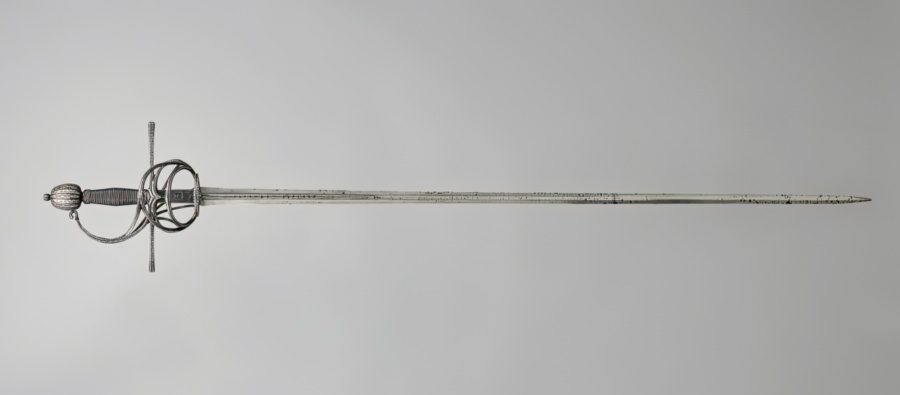
The rapier served as the primary dueling weapon from the 16th to the 17th centuries. Designed for thrusting, rapiers have narrow blades with sharp tips but lack a true cutting edge.
Contrary to their portrayal in movies, they are not meant to be swung in a swashbuckling fashion. Instead, its use depends on the different traditions:
- Italian – The most popular, involving the use of the rapier in conjunction with a dagger, shield, buckler, cloak, or even another rapier.
- English – Focuses on the rapier used alone or in combination with a dagger.
- German – Typically incorporates the use of a rapier with a parrying dagger in cut and thrust attacks and techniques for facing multiple opponents or various weapons.
- Spanish – Emphasizes circular movements grounded in geometry and physics.
5. Smallsword Fencing
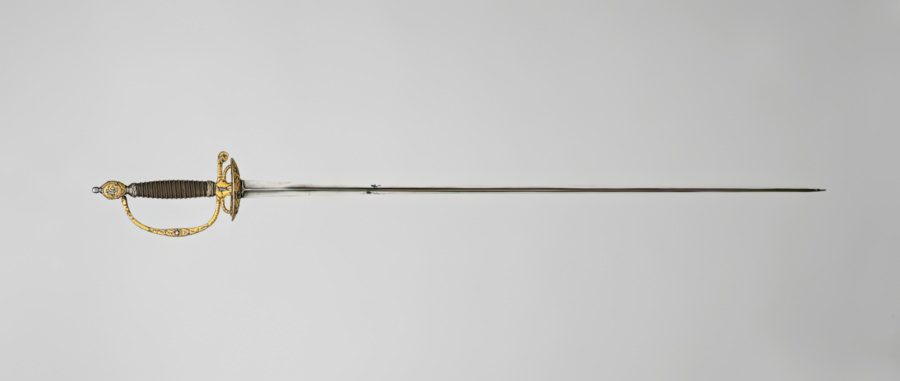
Evolving from the longer and heavier rapier, the smallsword is a lightweight, one-handed weapon primarily designed for thrusting. However, smallsword fencing is less popular among HEMA practitioners today.
The French smallsword tradition focuses on blade-to-blade contact, while the Spanish tradition incorporates cutting techniques of the rapier.
6. Military Sword and Saber Fighting
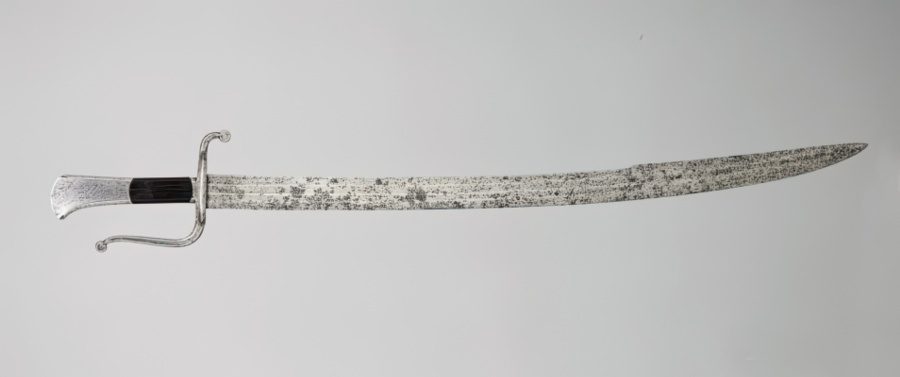
By the 16th century, European infantry and cavalry had begun to employ a variety of military swords. In HEMA, numerous types of single-edged blades and sabers are extensively studied.
Some HEMA practitioners also focus on the messer, which is featured in several fighting manuals from the 14th and 15th centuries, often represented through dussack plays.
Additionally, many train with basket-hilted swords, including the Scottish broadsword, mortuary swords, the Venetian schiavona, and the Walloon sword.
Conclusion
While many are drawn to the study of historical swordsmanship through portrayals in popular media, others with an interest in military history seek to explore traditional weapons like swords. Today, numerous HEMA clubs around the world teach sword fighting, and joining one is the best way to learn from experienced instructors.

